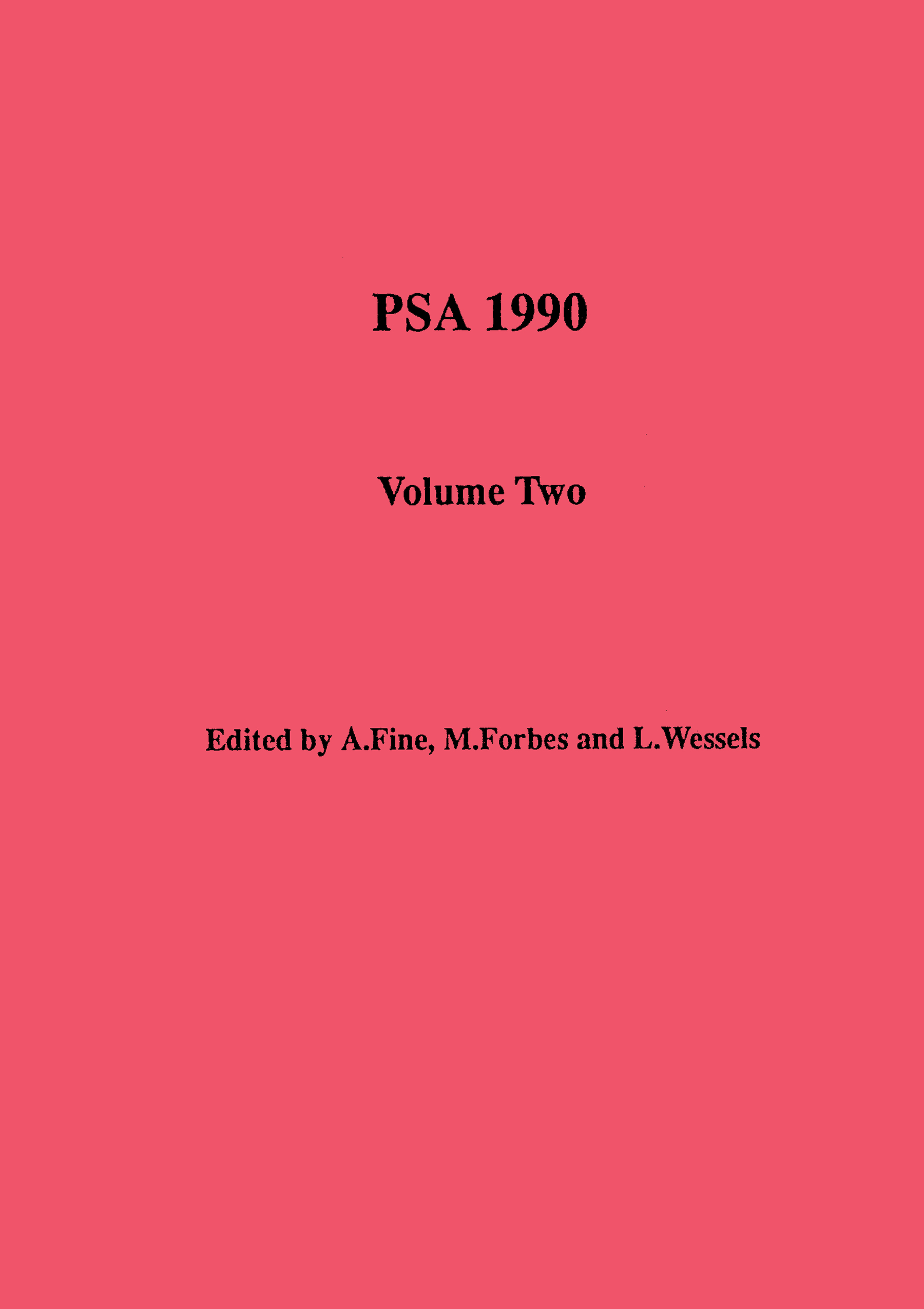No CrossRef data available.
Article contents
On the Relation of Neurological and Psychological Theories: A Critique of the Hardware Thesis
Published online by Cambridge University Press: 28 February 2022
Extract
The Hardware Thesis (HT) is a claim that psychological theories are irreducible to neurological theories; it has its basis in analyses of the distinction between the psychological functions postulated to account for the law-like relations between perceptual input and behavioral output, and the neural structures (or ‘hardware’) which embody these functions. HT's particular commitment to psychology-neurology irreducibility follows from the conjunction of these three assertions:
(A) The role of psychological theories is to postulate systems of functions which mediate between perceptual input and behavioral output.
(B) The role of neurology is to identify and describe the structures (or ‘hardware’) which embody the functions postulated by psychological theories.
(C) Theories postulating systems of functions are not reducible to, or eliminable in favor of, the theories which identify the structures performing or embodying such functions. Generally, theories whose role is limited to the identification of the structures embodying the functions postulated by other theories have little or no explanatory value.
- Type
- Contributed Papers
- Information
- PSA: Proceedings of the Biennial Meeting of the Philosophy of Science Association , Volume 1970 , 1970 , pp. 483 - 495
- Copyright
- Copyright © Philosophy of Science Association 1970
References
Notes
1 Cf. Fodor, J., Psychological Explanations, Random House, New York, 1968, p. 109Google Scholar.
2 Fodor, op. cit.; Deutsch, J. A., The Structural Basis of Behavior, University of Chicago Press, Chicago, 1960Google Scholar.
3 “It still remains quite conceivable that identical psychological functions could sometimes be ascribed to anatomically heterogeneous neural mechanisms… It is in short quite conceivable that a parsing of the nervous system by reference to anatomical or morphological similarities may often fail to correspond in any uniform way to its parsing in terms of psychological function.” Fodor, p. 116. “For instance, to attempt to guess at the particular change which occurs in the central nervous system during learning … is not only unnecessary but also purely speculative. … This can be shown by taking the example of the insightful learning machine. To be told that the semi-permanent change in the machine which occurs when it learns is due to a uniselector arm coming to rest does not help us to understand the behavioral properties of the machine…. For the change could equally well be due to a self-holding relay, a dekatron selector, or any type of gadget known to technology capable of being turned from one steady state to another. In the same way to speculate about terminal end boutons in the way that Hebb does or about changes of synaptic resistance seems to be trying to answer a question irrelevant, strictly speaking, to the psychological theorist.” Deutsch, p. 12.
4 Beach, , Hebb, , Morgan, , and Nissen, (eds.), The Neuȓopsychology of Lashley, McGraw-Hill, New York, 1960, pp. 478–506Google Scholar; see also, Roy John, E., Mechanisms of Memory, Academic Press, New York, 1967Google Scholar.
5 Kandel, E. R. and Spencer, W. A., ’Cellular Neurophysiology and Learning’, Physiological Review 48 (1968) 65-134CrossRefGoogle Scholar.
8 “The precise properties of the parts do not matter; it is only their general relationships to each other which give the machine as a whole its behavioral properties. These general relationships can be described in a highly abstract way, for instance, by the use of Boolean algebra. This highly abstract system, thus derived, can be embodied in a theoretically infinite variety of physical counterparts. Nevertheless, the machines thus, will have the same behavioral properties, given the same sensory and motor side. Therefore, if we wish to explain the behavior of one of these machines, the relevant and enlightening information is about the abstract system and not about its particular embodiment…. On the other hand, the knowledge that the machine operates chemically, electromechanically, or electronically does not help us very much at all… A complete specification of its embodiment would add very little to the explanatory power of this system.” Deutsch, pp. 13-14.
7 Peirce, J. R., Symbols, Signals, and Noise, Harper and Row, New York, 1961, pp. 3–6Google Scholar.
8 Fodor, p. 114.
9 Fodor, p. 120.
10 Fodor, pp. 113, 115-16.


